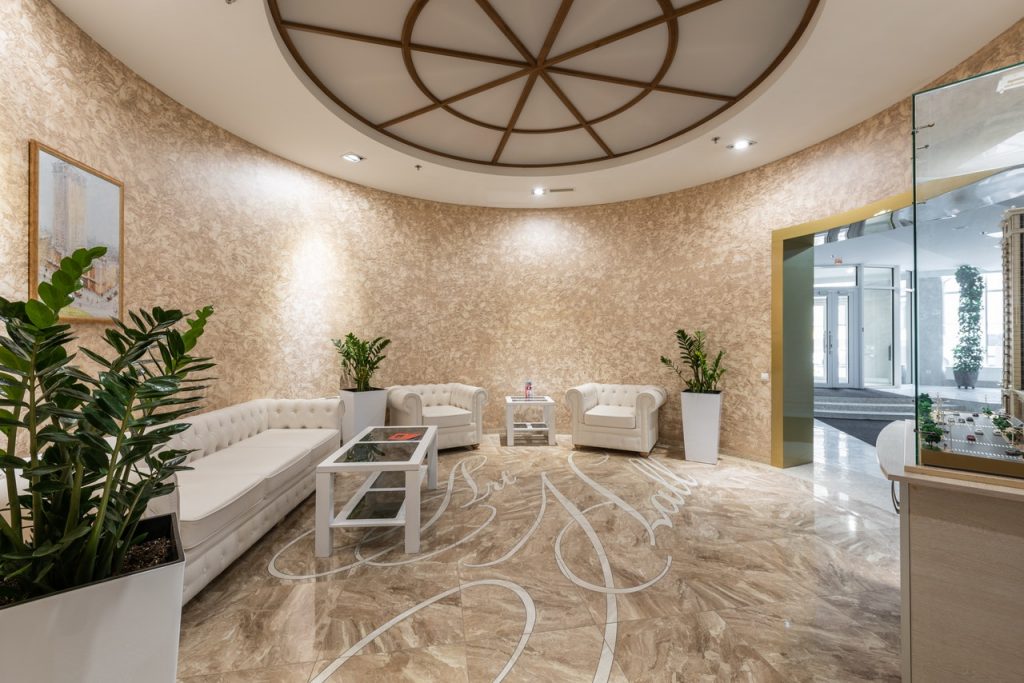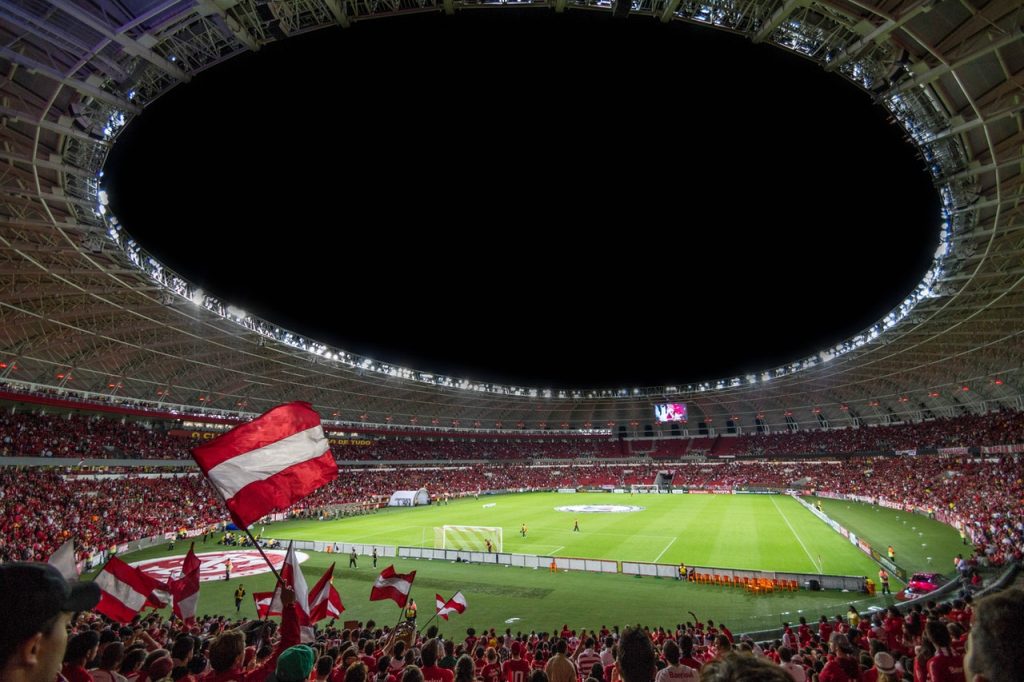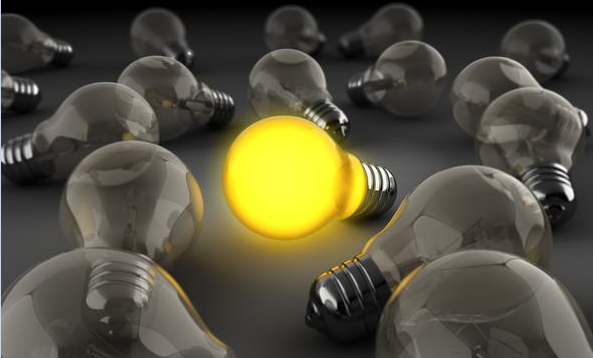What is Lighting Energy Saving
What is lighting energy saving? To measure lighting energy saving, a scientific concept of effective visual light effect should be established. Light efficiency is a physical concept that describes the pros and cons of light source technology. But in the actual lighting application design, the concept with realistic and intuitive physical meaning should be the effective visual light effect.
Its popular meaning is that lighting serves the eyes, and the light energy that the eyes feel is the real useful light energy.
The Meaning of Effective Visual Light Effects
The introduction of the concept of effective visual light effects has a technical reason: the luminous flux generated and emitted by the light source includes visible light and invisible light.
Visible light is the light that human eyes can feel, and it is the luminous flux we need for lighting. Invisible light is invisible to human eyes. The technical performance of the light source is different, and the spectral energy distribution ratio is different.
In the luminous flux generated, the proportions of visible light and invisible light are not the same, and the difference is large.
Because the usefulness of the light source is lighting, and lighting serves the human eye. Therefore, the luminous flux that human eyes feel is the physical quantity that has a real positive meaning.
Measurement of Luminous Flux
At this stage, the instrument used to measure luminous flux, such as an illuminance meter, is essentially a photovoltaic cell. The working principle is to convert the luminous flux into a current value according to a certain photoelectric function relationship, and then according to a certain current digital display function relationship, intuitively display the number corresponding to the luminous flux.
This photovoltaic cell type meter for measuring luminous flux cannot distinguish between visible light and invisible light, but only displays the received visible light and invisible light as a corresponding number.
Moreover, in the measurement comparison criteria that people have formed, it is believed that the larger the measured value, the brighter the light source. In essence, there is a technical misunderstanding here.
If we use the physical concept of luminous efficiency and the current ordinary instrument for measuring luminous flux to describe the luminous efficiency of different types of light sources, there will inevitably be such a contrast phenomenon-a light source with high luminous efficiency (measured value). The effective visual brightness and effective visual illuminance perceived by the eyes may not be high. On the contrary, for a light source with low light efficiency (measured value), the effective visual brightness and effective visual illuminance perceived by human eyes may not be low.
For example: using the same instrument that measures luminous flux to measure high-pressure mercury lamps and energy-saving lamps separately, the contrast between the measured value and the vision is very significant. The same contrast between T8 fluorescent lamps and energy-saving lamps is also very obvious.
The Determinants of Effective Visual Light Effects
When the light source is used for lighting, visible light is the required luminous flux. Therefore, the amount of visible light contained in the light source is the determining factor for the effective visual light efficiency of the light source.
We should distinguish and compare, and it should be the proportion of visible light contained in the light source. Therefore, in order to identify the proportion of visible light contained in the comparison light source, the physical concept of effective visual light effect can now be introduced.
The effective visual light effect characterizes the proportion of visible light in the unit luminous flux in the luminous flux generated by the light source. When the luminous flux is constant, the higher the proportion of visible light, the higher the effective visual light effect. In fact, the higher the effective visual illuminance, the more advanced the technical performance of the light source.
Connotation of the Concept of Energy-saving Lamps
Technical Quality Analysis of Energy-saving Lamps
(1) Light Effect
Light efficiency: the light energy (commonly known as luminous flux) generated by the light source per W of electric power, unit: lumens/watt (Lm/w). The more luminous flux generated by the light source per W of electric power, the higher the luminous efficiency, the higher the brightness, and the more energy saved.
(2) Luminous Flux
The light energy produced by the electric light source is called luminous flux, and the unit is lumens (Lm). In a certain fixed space, the more sufficient the luminous flux produced by the electric light source, the brighter the visual perception of the surrounding environment.
(3) The difference between luminous efficiency and luminous flux
Luminous effect and luminous flux are two different physical concepts. However, there is often confusion.
Light efficiency: It is a physical quantity that characterizes an electric light source and converts electrical energy into light energy.
Luminous flux: The characterization is an electric light source, which produces the total amount of light energy emitted according to the established luminous efficiency and electric power.
In the actual lighting application design, when identifying and comparing the technical performance of electric light sources, the concept with realistic and intuitive physical meaning should be: light effect. (Han Jianrong)
(4) The ratio of spectral energy distribution to visible light
The luminous flux generated by the light source includes visible light and invisible light. The high and low ratio of visible light is determined by the ratio of spectral energy distribution. Only with a high proportion of visible light can the effective visual light effect be high. In the luminous flux of the green light source, the spectral energy distribution ratio is close to that of sunlight, the visible light ratio is high, and the effective visual light efficiency is high. In the total luminous flux of the green light source, the proportion of visible light should be 3.5-8 times that of the traditional light source.
The higher the ratio of visible light, the higher the effective visual light effect and the higher the effective visual illuminance, indicating that the technical performance of the electric light source is more advanced.
(5) Power substitution ratio
Light effect and effective visual light effect, these two physical concepts are relatively abstract, and the actual use requires the help of measuring instruments and complex scientific calculations. And after completing the measurement and related calculations, there is still no intuitive concept of physical perception.
In the design of the energy-saving renovation project for real-life lighting, a scientific, intuitive, and maneuverable physical concept and method for identifying and comparing the effective visual light efficiency of the light source is required. For this reason, the physical concept of power substitution ratio is introduced.
Power substitution ratio: It is a physical concept and method used to visually identify and compare different types of light sources and the level of effective visual light efficiency.
The scientific and feasibility analysis of introducing the physical concept of power substitution ratio:
- The physical concept of power substitution ratio is based on traditional electric light sources that have been used for many years, such as high-pressure mercury lamps, T8 fluorescent lamps, etc., to identify and compare the technical performance and technical quality of a certain new light source, such as energy-saving lamps. Pros and cons of physical concepts and methods.
- Traditional electric light sources, such as high-pressure mercury lamps and T8 fluorescent lamps, have been widely used for many years, and people have been very accustomed and understood. In daily work, when evaluating a new light source, it is natural to use traditional electric light sources, such as high-pressure mercury lamps and T8 fluorescent lamps, as standards for identification and comparison.
- Since the advent of new light sources, such as energy-saving lamps, its technical application positioning is to directly replace traditional electric light sources, such as high-pressure mercury lamps and T8 fluorescent lamps.
- New light sources, such as energy-saving lamps, are directly replacing traditional electric light sources, such as high-pressure mercury lamps and T8 fluorescent lamps. People need to identify and compare the technical indicators, that is, the lighting effect and the amount of energy saved. That is: on the premise of the same or improved effective visual illuminance, how many times the electric power is saved, that is, the ratio of power substitution.
- Power substitution ratio, this identification and comparison method. It may seem rough, but it is very accurate. Because it accurately grasps two practical elements:
- Effective visual illuminance value. Namely: the actual lighting effect of the work surface (author Han Jianrong).
- Power saving effect. That is: how much electric power is saved on the premise that the actual lighting effect of the work surface is the same.
- The identification and comparison method of power substitution ratio seems simple, but it is very practical. There is no need to resort to complicated instruments and complicated scientific engineering calculations. It only needs human eyes to visually distinguish and compare.
- The identification and comparison method of power substitution ratio does not seem to have any technical content, but it has practical physical significance. Because the usefulness of the light source is lighting, which serves human eyes. Human eyes feel the luminous flux, which is the real physical quantity with positive meaning.
- The sensitivity of human eyes to visible light may seem inaccurate, but in fact it is very precise. Especially those who work on the work surface for a long time will be aware of the small changes in the effective visual illuminance of the work surface.
(6) Spectrum energy distribution and color rendering performance
Color rendering performance is a physical quantity that characterizes the ability of the light source to display the original color of the surface of an object. The high and low color rendering performance of the light source is determined by the ratio of the spectral energy distribution. In the luminous flux of the green light source, the spectral energy distribution ratio is close to that of sunlight. In this way, when viewing the color of the surface of the object, it will not produce color shift and change color, and display the original color of the surface of the object.
In order to express the color rendering performance, the concept of color rendering index R value is introduced. Taking sunlight R=100 as the standard, the R value of the green light source should be: Ra≥85. The greater the value of the color rendering index Ra of the light source, the better the color rendering performance of the light source.
(7) Color table and color temperature
- Color table.
The luminous flux generated by the green light source must have sufficient brightness and good color. One of the meanings of color: the color of the surface of the light source seen by human eyes is called the color table of the light source.
The color table of the light source is determined by the ratio of the spectral energy distribution of the light source. There are different color tables for different spectral energy distribution ratios. The spectral energy distribution ratio of the light source, the closer the spectral energy distribution ratio of sunlight, the better the color table of the light source. On the contrary, it is worse.
To measure the goodness and badness of the light source color table, the sunlight is the standard. The color of the surface of the light source, the closer to the color of the sun, the better the color table of the light source. On the contrary, it is worse. For example, the surface of the high-pressure sodium lamp is yellow-orange-orange, the color is quite different from the sunlight, and the color table is poor. The surface of the high-pressure mercury lamp is white, and the color is less different from the sunlight, and the color table is better than that of the high-pressure sodium lamp.
The spectral energy distribution ratio of high-quality energy-saving lamps is basically the same as that of sunlight. The surface color of the energy-saving lamp is close to the color of sunlight, and the lighting effect is bright and comfortable.
- Color temperature.
The color table of the light source is described by the color temperature.
The concept of color temperature is: when the color of the surface of the luminous body is closest to the color radiated by the black body at a certain temperature, the temperature of the black body at that moment is defined as the color temperature of the luminous body. The color temperature is in K degrees temperature.
The color temperature of the light source is divided into low color temperature, medium color temperature, and high color temperature.
Low color temperature (2700 0K-3500 0K): contains more red light and orange light. Just like the sunlight around 8 o’clock in the morning, it gives people a warm and warm beauty.
Medium color temperature (3500 0K-5000 0K): The red light, blue light and other light colors contained are more balanced, just like the sunlight after 8 o’clock in the morning and before 10 o’clock. Gives a gentle and comfortable beauty.
High color temperature (5000 0K-7000 0K): Contains more blue light, like the sunlight after 10 o’clock in the morning and before 2 o’clock in the afternoon. Give people a bright and clear beauty.
The color temperature of the light source does not indicate the performance of the light source. The choice of the color temperature of the light source is mainly based on the needs of the application and the lighting target. For industrial and commercial environment lighting, bright and comfortable light sources should be used.






